Food price inflation slowed to 3.8 per cent in May, but remains the only cause of upward pressure on shop price inflation. Non-food continues to show deflation, with prices 1.2 per cent lower than in May last year, representing the largest year-on-year fall since February.
The British Retail Consortium-Nielsen Shop Price Index (SPI) revealed there was no change in shop prices month on month, which was in part because of the increased deflation in non-food prices, which fell 0.2 per cent between April and May. Food prices showed a slightly higher month-on-month rise between April and May, up 0.4 per cent, because of higher than usual seasonal price fluctuations.
BRC director-general Kevin Hawkins said: 'With food inflation continuing to ease and non-food prices showing the highest level of deflation for two months, the high street continues to generate very little inflationary pressure. It has been noted of late that retailers have been able to pass on rising costs to consumers to protect their margins. This is clearly not the case and with recent interest rate rises and higher living costs now starting to adversely influence consumer spending, we would urge the Monetary Policy Committee to hold off on a further rise, as the previous four are clearly starting to have the desired effect.'
The Bank of England is expected to leave interest rates at 5.5 per cent when it announces its decision at midday tomorrow. However, there is speculation that rates could still rise if price growth continues at the present pace. Last month, the bank raised interest rates to their highest level since February 2001 in an attempt to curb rising inflation.


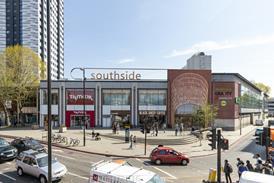

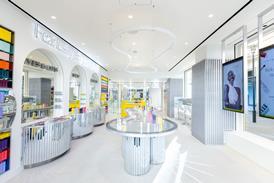



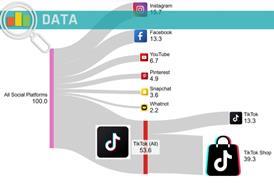











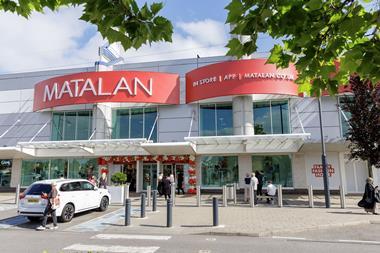
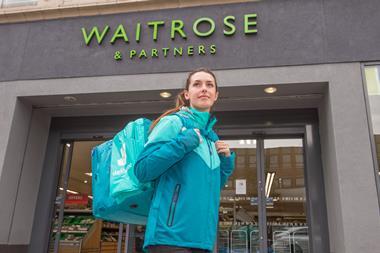
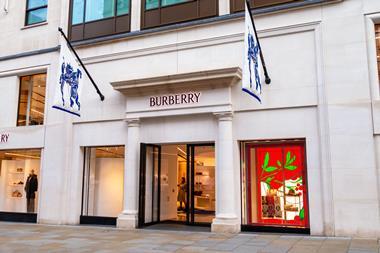
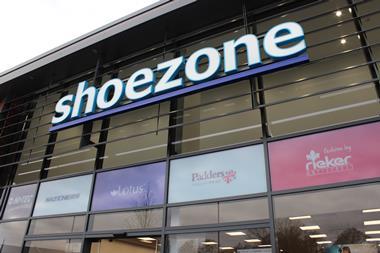
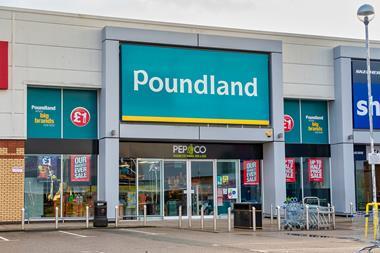

No comments yet